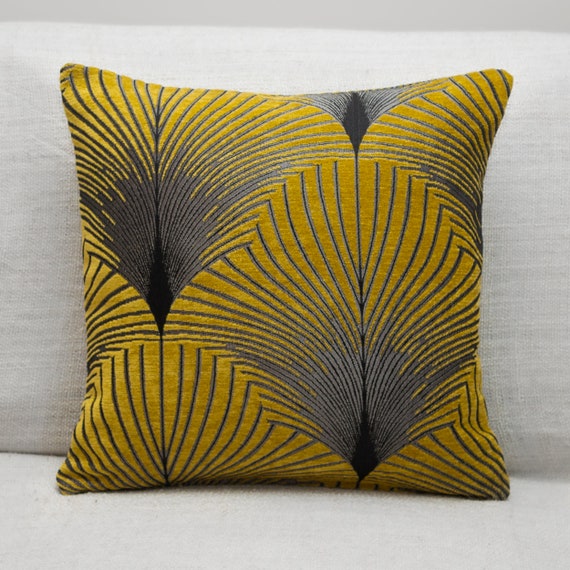The 9-Minute Rule for Unique Art
Table of ContentsSome Ideas on Unique Art You Need To KnowTop Guidelines Of Unique ArtThe Best Guide To Unique ArtOur Unique Art Ideas
While one might question which art form holds priority, the fact continues to be that each of these seven kinds supplies an one-of-a-kind home window into human background, culture, and advancement. They are the tapestries that chronicle our journey, reminding us of our past while motivating visions for the future.Wonderful art work informs a story, makes people look twice, and produces a special experience that can not be matched. Art and pictures connect all of that with color, shape and various other layout components. Find out exactly how to make your distinct artwork stick out from the crowd.

8 TRIA GIOVANEqual parts grand and laidback, this entrance hall developed by Anthony Baratta is the best plan to follow if you're embellishing a formal entrance that still really feels unfussy and comfortable. Formed textiles take facility phase (see the carpets and the sofa), but they likewise aid bring the high ceilings to a human range when hung over wallpaper.
All about Unique Art
18 Heidi Caillier DesignA gallery wall surface does not require to take up the entire area. As a matter of fact, often a small one can make a bigger design declaration. In this living space, Hiedi Caillier selected micro-mini frames and an arbitrary structure. Ad - Continue Analysis Below19 Stephen Kent JohnsonDesigner Juan Carretero opted for a deep green paint shade to contrast with the light wood coatings.
, the expression of concepts and feelings, with the creation of certain visual top qualities, in a two-dimensional visual language. The aspects of this languageits forms, lines, colours, tones, and texturesare used in different ways to create feelings of volume, area, motion, and light on a flat surface. These elements are combined right into expressive patterns in order to stand for real or mythological phenomena, to analyze a narrative style, or to create entirely abstract aesthetic relationships.
Later on the concept of the click to investigate "fine artist" developed in Asia and Renaissance Europe. Prominent painters were afforded the social condition of scholars and courtiers; they authorized their job, decided its layout and frequently its subject and images, and established a more personalif not constantly amicablerelationship with their clients. During the 19th century painters in Western societies began to shed their social position and secure patronage.
Unique Art - Questions
Others gained an earnings with exploring exhibits of their job. The need to interest an industry had replaced the comparable (if much less impersonal) needs of patronage, and its result on the art itself was possibly comparable too. Typically, musicians in the 20th century might reach an audience only via commercial galleries and public museums, although their work might have been occasionally duplicated in art regulars.

Don't replicate the design of other artists if you're searching for your style. Duplicating various other people's art work can be excellent in educational functions yet it will not make you closer to discovering your very own one-of-a-kind style. Your imaginative style has to be, what you like and what inspires you.
I would assume of your very own style as a design you repaint in normally, when you release all thoughts and guidelines and simply concentrate on paint, not assuming concerning it. Unique Art. The design has to come naturally to you when you are loosened up and you can not require it or it will not be your very own design, simply someone else's
All About Unique Art

With time you'll be able to arrange every one of them right into your favorite and the very least favored classifications. Try to focus your attention on the topics and tools that you like and prior to you see it coming you'll have your very own individual and special style, like nobody else have! In the end you'll have a few favored subjects to repaint and perhaps a few favored tools.
The style needs to create itself over time with a great deal of method and experiments - Unique Art. Thanks for reviewing this blog post and if you have any kind of concerns leave them in the comments below, I 'd more than happy to answer these